Top 4 Exercises to Improve the Power Clean
In this article Coach Tobias Jacobi discusses the top 4 exercises used to improve the power clean.
The power clean is one of the most popular exercises used to improve sports performance.
The ability to externally load the triple extension of the knee, hip, and ankle is one of the main reasons the power clean is so popular. Another reason is the coordination required to properly perform the exercise,
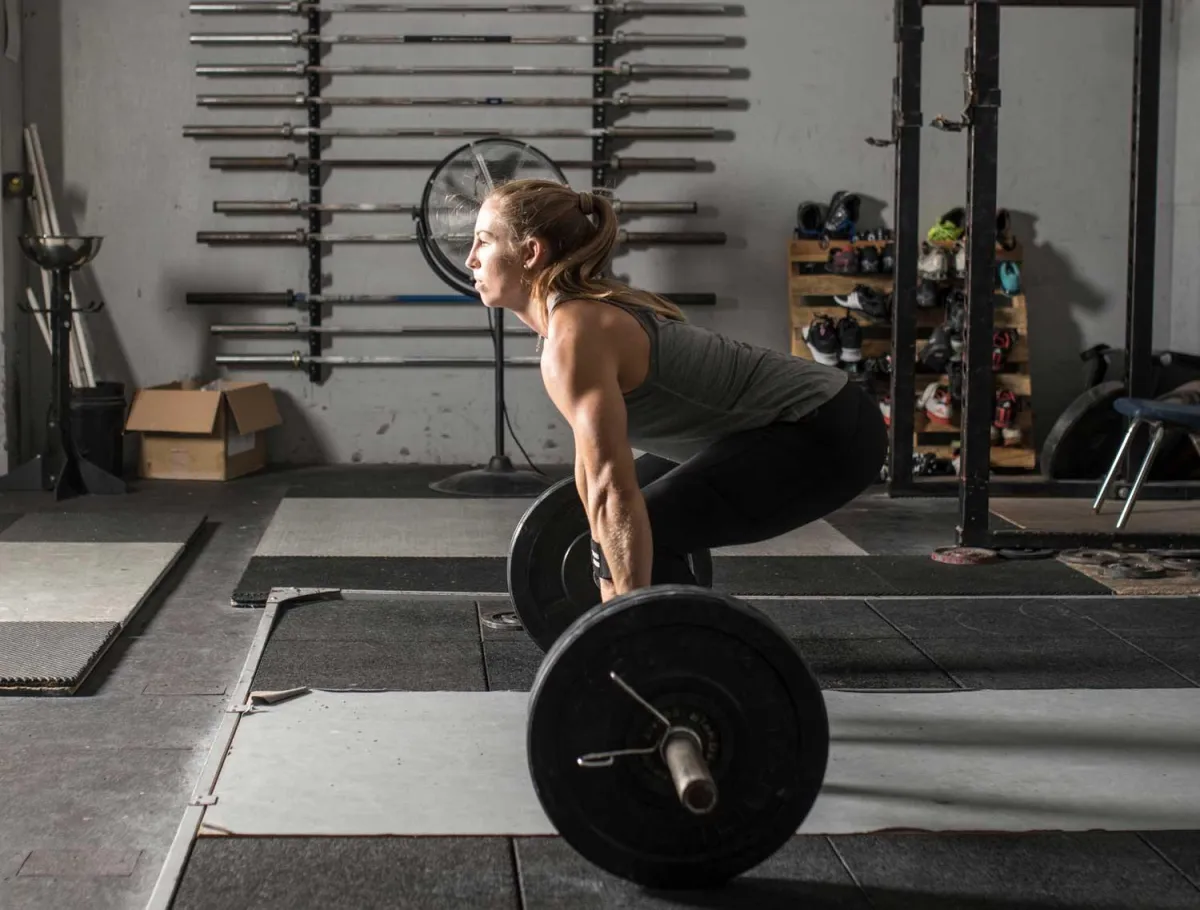
which leads itself to being a movement that assists in athletic development.
In my time as strength & conditioning coach at both the high school and collegiate levels, I have noticed a trend that athletes who perform the power clean the best often see great carry-over onto the playing field.
The technical aspect of the exercise must be stressed, taught, and progressed properly in an age-appropriate manner. In our system, we teach 7th graders the hang clean over a 34-week program, 8th grader perform the power clean by the end of our 34th week, and our high school student-athletes go through a 9-week progression program. In this article, we will discuss some of the exercises we use to help improve the power clean performance of our athletes. The front squat, hang squat clean, overhead squat, and KB swing are all exercises that we use to help increase our performance of the power clean.
Front Squat
In my opinion, the best assistance exercise to improve the power clean is the front squat.
We recently make a change in our program when we switched our primary squat variation from the box squat to the front squat. Making this change has already lead to significant increases in our athlete’s ability to perform the power clean. Because it helps mimic the catch of the power clean, we place great emphasis on the rack position during the front squat. Doing this helps athletes learn the proper position for catching the barbell at the bottom of the power clean.
Just like any exercise, we see common issues in the front squat that must be addressed.
The first issue a coach will run into is the position of the barbell in the rack position.
The bar should be resting on the natural “shelf” created by getting into the “rack position”
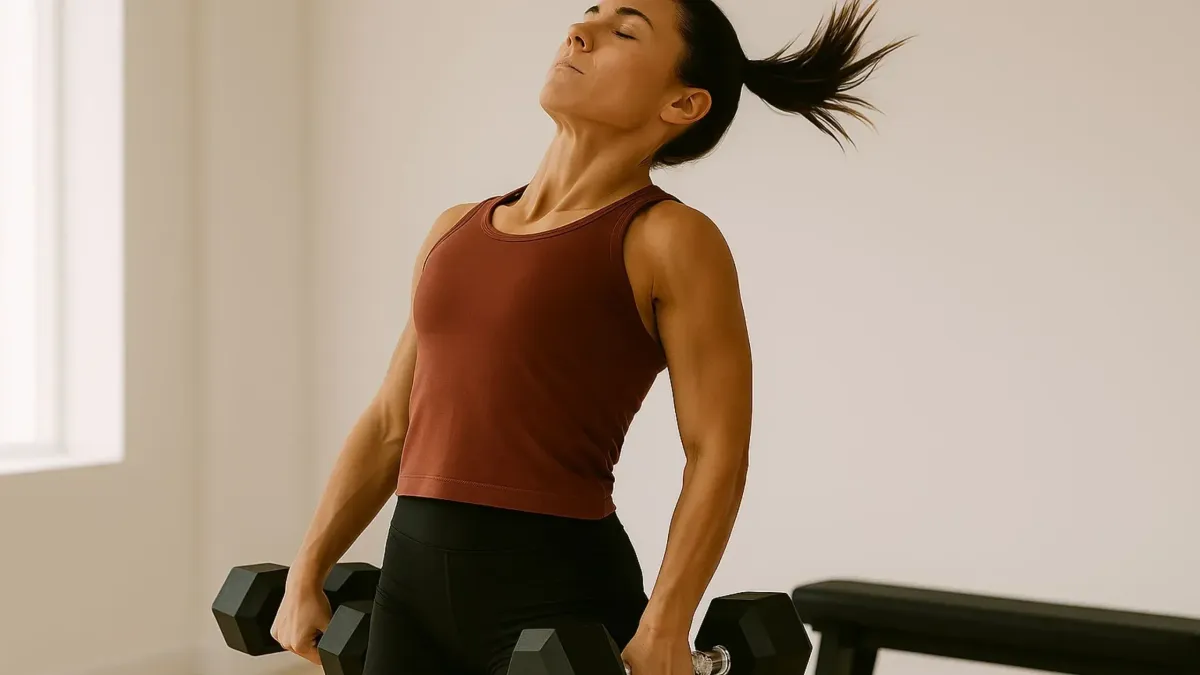
where the barbell will be placed on the deltoids near the upper clavicle. To address this, our teaching progression includes the “free weight squat,” something I stole from Iowa’s Football Strength & Conditioning Coach, Chris Doyle. The free weight squat is basically a front squat with the arms pointed straight ahead instead of gripping the bar. This teaches athletes the proper barbell placement when performing the front squat.
Another issue is the hand placement during the exercise. Because of our teaching progressions and attention to detail, we have had tremendous success using the “rack position” for the front squat. Wrist mobility and flexibility work is included in our programs starting in the 7th grade, which has given our athletes the mobility necessary to use this position. As a college coach, I dealt with many athletes who lacked the mobility to get into the rack position, so I often had to adjust their hand placement in the front squat. We would often hold onto wrist straps that were strapped to the barbell. For other athletes, we would have them only perform the free weight squat, and in some of the worst cases, we would have athletes cross their arms. I believe the carryover from the front squat to the power clean is severely diminished when you use a different grip then the rack position, so this needs to be emphasized if the goal is to improve the power clean.
Here is a properly performed front squat:
Hang Squat Clean
In my opinion, the 2nd best assistance exercise to improve the power clean is the hang squat clean. When performing this exercise, it is important to make sure the athlete is being explosive by initiating the exercise with a jump. A common mistake is to perform the exercise by simply dropping under the barbell instead of moving the bar upward. While this seems to accomplish the same end result, it defeats the purpose of the exercise, which is to generate power. The other portion of the lift that a coach must pay special attention to is catching the barbell at the bottom of the squat. Doing this helps improve the lifters ability to catch the barbell with heavy loads. With this exercise, you must start with lighter weights and slowly progress to heavier loads. Once this exercise is mastered, athletes will see a significant improvement in their ability to perform the power clean.
Again, when implementing the hang squat clean, we introduce it as part of our power clean progression, so our kids will actually perform this variation before they perform the full power clean.We have seen tremendous success using this format and it allows for the usage of multiple exercises throughout the duration of an athletes training career in our program. Performing the movement fluidly and not achieving proper depth on the catch are two common issues coaches will see when implementing the hang squat clean.
Both issues are fixable when coached properly over time.
The fluidity of the movement is very important to the proper execution of the exercise and takes some time for athletes to understand. Fear also prevents some athletes from catching the barbell down in the full squat position. That is one of the reasons that we use this in our teaching progressions, so kids understand it’s not about load, it is about proper technique. Once they understand this, they typically begin to perform the exercise properly and feel successful. In some cases, I have had to regress athletes to a hang clean to front squat combination exercise to get the movement patterns to slowly work together.
The other issue a coach may see is the athlete not being able to achieve the full squat position when they catch the barbell. Each situation is different. The issue could be lack of hip flexibility, lack of ankle flexibility, or again just fear of getting under the barbell.
Kids with larger bodies also have a tendency to lock the hips when catching the barbell.
This is usually a technical motor pattern a coach must clean up or may stem from fear, where the athlete will have to develop confidence with lighter loads. If it is a flexibility issue for the hips, the overhead squat is my favorite exercise to address the problem.
There are plenty of exercises that can be used for this, so pick what works best for your situation. If it is and ankle mobility problem, we address that by using slant boards and band stretches to help develop the needed range of motion.
Here is a properly performed hang squat clean:
Overhead Squat
My 3rd favorite exercise to help improve the power clean is the overhead squat.
This exercise is typically associated with performing the snatch, however in my experience it is also great for building a solid power clean. The biggest carry over from the overhead squat to the power clean is that it teaches the full range of motion when they catch the barbell in the bottom of the power clean. Another benefit that is added from the overhead squat is the teaching of balance and weight distribution. This is a very popular exercise for Olympic Weightlifters to use when training to improve their lifts.
When performing the overhead squat one of the most commons things a coach will see is the toes turning outward. While there may be reasons for some kids to turn their toes out, we try to have our kids keep their feet as straight as possible when performing this exercise.
From my experience, tight ankles usually create this issue.
Again, we implement slant boards and band stretches to help improve range of motion for the ankle.
Another issue a coach will often see when prescribing the overhead squat is that some kids may have tight hips and cannot get to depth because of this.
Once we know the hips are the issue, we utilize a series of stretches to help improve mobility. A combination of static stretching, foam rolling, and band stretching are used to help improve range of motion. With both issues, it will take time and consistency to see results as these are not quick fixes for athletes. However, addressing these issues usually helps many areas, so it’s worth the time and energy.
Kettlebell Swings
The last exercise we will discuss to improve the power clean is the kettlebell (KB) swing. There are many ways to perform the KB swing and for our purposes we perform it keeping the KB as close to the body as possible and focusing on hip involvement when executing the lift. The initial movement of the KB swing is the crucial hinge of the hips backward before violently extending the hips forward. We want to “snap” the hips forward, and the athlete should feel this snap when performed
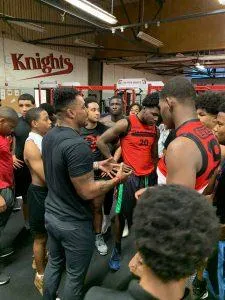
properly. The bell should swing up to shoulder level, while keeping the arms straight. A common mistake is the bending of the elbows which engages the upper body. This is something we want to avoid. The bending of the elbows also takes emphasis away from the hips. We typically use the double arm swing, but you can also utilize a single arm version of the exercise. When performing the single arm exercise the one additional coaching cue is that we turn the thumb backwards when the bell goes in between the legs. The snap of the hips and minimal arm use is the exact same as the double arm version of the KB Swing.
The ability to produce substantial amounts of force into the ground and express it externally is the reason I use the power clean so extensively.
I believe that improving power output helps lead athletes to success on the playing field.
I’ve seen this power transfer to the playing field with many athletes including Michale Spicer, Bryce Cardin, and Jack Williams. Michale was a defensive end who played for me when I was at Western Carolina University. He had the biggest power clean I have ever seen in person, which was 425lbs. Spicer also played professional football for 8 years in the NFL, AFL, and UFL. Bryce Cardin played for me while at Strong Rock Christian School.
Cardin, who was an undersized offensive lineman, posted a 320lbs power clean while in high school and earned 1st Team All-Region honors as a senior because of play on the field.
Finally, Jack Williams was a defensive back who I coached at Kent State University.
Jack was the owner of a 343lbs power clean and was an All-Conference defensive back along with being a 4th round pick of the Denver Broncos.
He also spent time with the Detroit Lions, Chicago Rush, and Las Vegas Locomotives as a defensive back.
While their success obviously wasn’t exclusively the result of performing the power clean, I have seen many athletes improve the power clean which has led to improved performance on the field.
The power clean is an integral part of our training program and of many strength & conditioning programs, and these four exercises will help you coach and improve the power clean in your program. Using assistance exercises to help increase an athlete’s ability to perform the exercise is critical in the development of the exercise itself. The front squat, hang squat clean, overhead squat, and kettlebell swing are all exercises that help in the improvement of an athlete’s ability to perform the exercise safely, efficiently, and effectively. Utilize these exercises to help improve the power clean and watch your athletes numbers skyrocket.

Tobias Jacobi has been a strength & conditioning coach at Strong Rock Christian School for 4 years and spent 15 years as a college S & C coach before that. He spent time at East Carolina University, Charleston Southern University, Kent State University, Western Carolina University, Elon University, UNC-Chapel Hill and Cumberland University.
He holds multiple certifications, has worked with thousands of athletes at every level, and has spoken at clinics all over the country.
Learn more about power development and strength & conditioning in the
IYCA High School Strength & Conditioning Specialist certification featuring the Principles of Athletic Strength & Conditioning textbook.
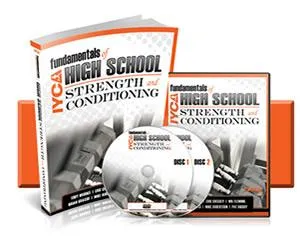
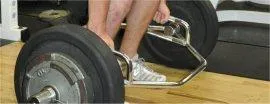
High School Strength Coach Certification
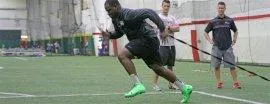
Certified Speed & Agility Specialist
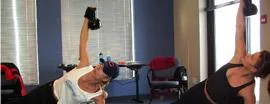
Kettlebell Instructor Course
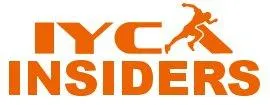
IYCA Insiders - Exclusive Access
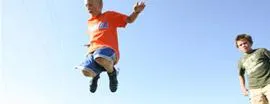
Youth Fitness Specialist Certification

Long Term Athlete Development
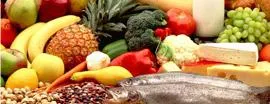
Youth Nutrition Specialist Certification

Copyright © 2008 - 2025 International Youth Coaching Association. All Rights Reserved
|
|

